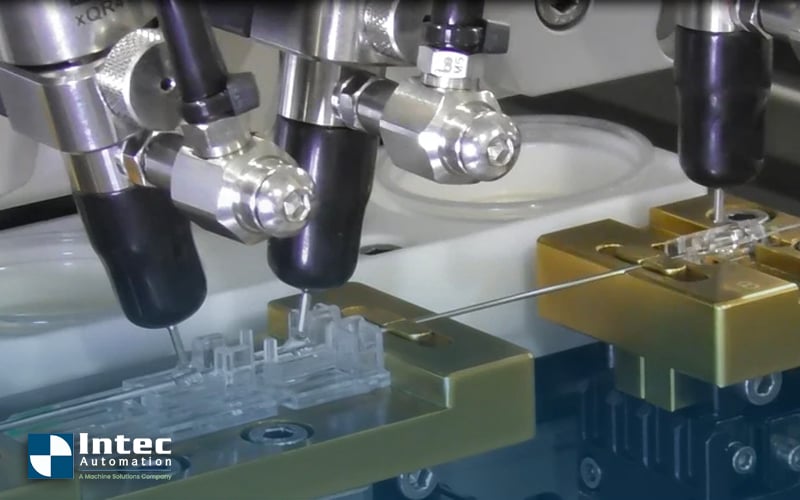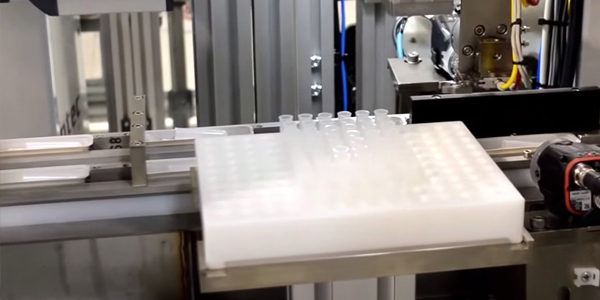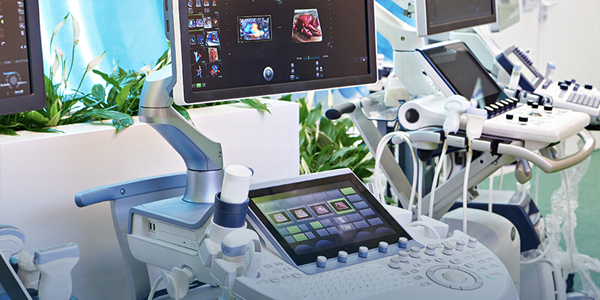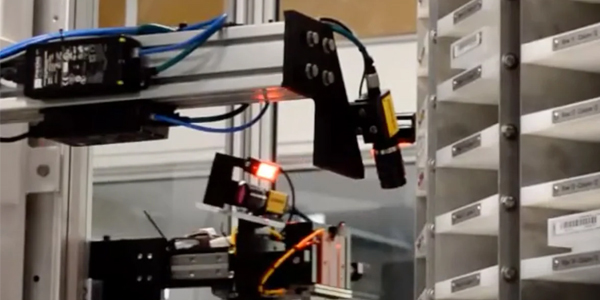AUTOMATION STREAMLINES THE ASSEMBLY & MANUFACTURING OF MEDICAL DEVICES AND TEST KITS
Automation has increasingly become a necessity for manufacturers of medical kits and medical device equipment to stay competitive and to keep up with...
1 min read
 Juan Cardenas
:
Jun 9, 2025 9:30:01 AM
Juan Cardenas
:
Jun 9, 2025 9:30:01 AM

Achieving exact tolerances in micro-dispensing liquid applications is critical for ensuring precision, consistency, and functionality in high-tech manufacturing processes. Whether used in electronics, medical devices, or micro-assembly, even the slightest deviation in volume, placement, or pattern can lead to product failure, reduced performance, or increased waste.
Exact tolerances help maintain strict quality standards, minimize material usage, and ensure proper bonding, coating, or sealing. As devices become smaller and more complex, the need for reliable, repeatable micro-dispensing grows, making precision a key factor in both operational efficiency and product integrity.
At Intec, we are able to ensure precise tolerances for micro-dispensing liquid applications in several ways.
Achieving microdispensing tolerances, so controlling the amount of volume that you are dispensing to a particular process can be done in several ways. Those ways can be purchased solutions where we are working with an integrated partner. Where we are placing their hardware into our automation machine, or we can design our own custom solution if the application needs it.
Many of those systems use pressure and timing of the control valve that controls the pressure to the fluid. Those are generally used for the lower viscosity liquids, where you can get very fine control over the volume that you are dispensing. For higher viscosities, you tend to go towards positive displacement type dispensing where you are controlling the position of a piston inside of something like a syringe using a servo motor with position feedback, so you can control the dispensed volume of Solder Flux, or a really high viscosity paste or things of that nature to a tight tolerance and not have to worry about compressibility of air influencing that precision.
The other things that can influence when we are talking about precise dispensing applications would be how accurately you can position and whether or not there is variation in the raw material.
Tip selection can be important, the gage diameter of the tip, which is basically the size of the orifice that you are dispensing out of. Types can be round, oval, sharps, bias cuts; so there are a lot of things you can do to tune the solution to whatever the application needs.
You can also influence how the fluid or gas enters the process. So, for example, orient the dispensing system to apply from a vertical direction or a horizontal direction, or maybe filling from the bottom. There are a number of things we can do to influence the results of that dispensing solution, and it’s really again catered to the exact needs of that application.

Automation has increasingly become a necessity for manufacturers of medical kits and medical device equipment to stay competitive and to keep up with...

For manufacturers evaluating new projects in heavily regulated fields, such as medical device assembly, knowing how to calculate ROI for automation...

Product failures borne from low-quality design or inadequate manufacturing processes are simply unacceptable for medical device OEMs. The liabilities...